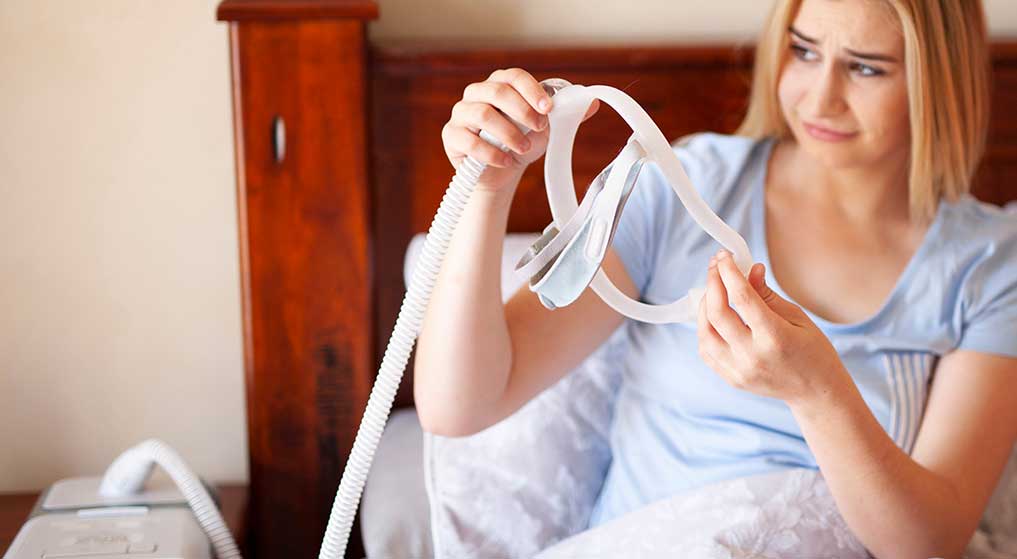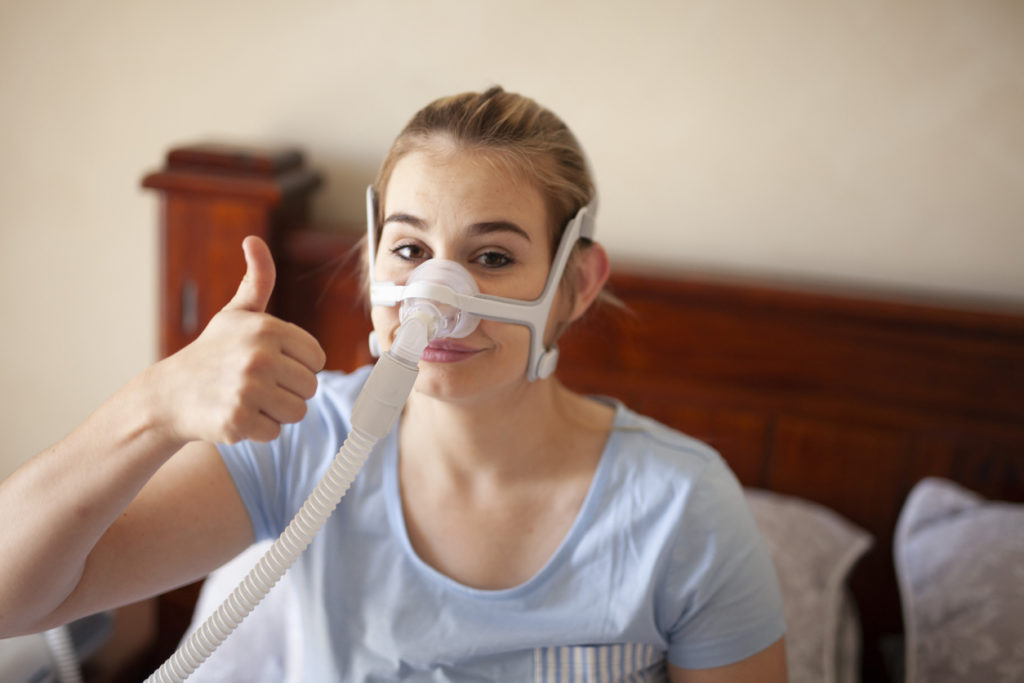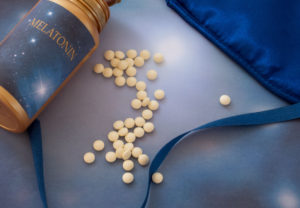
For many sufferers of sleep apnea, using CPAP a continuous positive airway pressure (CPAP) machine is essential. However, you need to ensure the CPAP machine works, you must clean and maintain it regularly. If you want to learn more about extending your CPAP machine’s life or just want to ensure you are keeping it as clean as possible, read on. We’ll explain how to clean a CPAP machine as efficiently as possible.
What Equipment to Use While Cleaning Your CPAP Machine
Some people think that it’s essential to use ultraviolet light to clean your CPAP machine. However, there is no confirmation that UV light is necessary; the FDA has not approved any UV light cleaning products for CPAP machines. Instead of buying this CPAP cleaner equipment, just focus on how to clean CPAP basics.
When cleaning your CPAP machine, you will need:
- Clean Drinkable warm Water- You should only use clean drinkable tap water to rinse your CPAP hose machine; otherwise, you run the risk of ingesting harmful substances that will cause damage.
- A Towel- A clean towel will help you speed along the drying process after rinsing mild soap or wiping it with a damp cloth, preventing mold growth.
- White Vinegar- together with warm water it is a natural disinfectant in CPAP cleaning that won’t cause harm if you inhale it.
- Spare Cushions and Mouthpieces- When cleaning CPAP, you should always make sure you have spare mask headgear cushions and mouthpieces for your CPAP machines available if they become damaged or dirtied. Never use a dirty cushion or mouthpiece when sleeping with a CPAP machine.
What Parts of the CPAP to Clean
First, you’ll need to disassemble the CPAP cleaning machine into its three main pieces:
- The mouthpiece
- The tubing
- The machine’s body
Some CPAP equipment models include additional attachments like a CPAP humidifier and CPAP filters. However, you should also make sure to separate these CPAP cleaning items from the other parts of the machine. After completely separating these CPAP equipment pieces, it’s important to isolate the mouthpiece so that the headgear, cushion, and frame are all independent from one another. Once each mask headgear piece is separated, you can begin the process of cleaning your CPAP mask.
The Mouthpiece

After taking apart your mouthpiece, you should wash all the equipment pieces of your mouthpiece except the cushion with clean drinkable water and leave it on a properly clean towel to dry in a well-ventilated area. You must ensure all mouthpiece equipment parts are completely dry before reattaching the pieces and using the mouthpiece again. If you choose to use a wet mouthpiece, you could accidentally be encouraging mold growth on your breathing washing machine apparatus.
If you are experiencing any acne when you wear the mouthpiece, consider rinsing the pieces with vinegar and water each night or replacing the cushion on your mouthpiece with more frequency. Note: you should never share your CPAP mouthpiece with any other individual, even after cleaning it.
The Tubing
As you clean your CPAP machine’s mouthpiece, you should also rinse out the tubing that attaches the mouthpiece to the machine’s body. Just as you did with your mouthpiece, you should rinse your mask and hose tubing with clean drinkable water and leave it somewhere to air dry. When washing your mask tubing, avoid using harsh chemical soaps, like mild dish detergent, mild soap, mineral deposits as this might leave behind a film inside the clean CPAP tube.
RELATED: What is Sleep Apnea?
The left-behind residue from these harsher soaps could cause further breathing problems if inhaled. Only daily rinsing and drying of the CPAP supplies tube is required. If your hose tubing requires deeper cleaning, you need to consider using white vinegar as a natural and safe alternative to soaps. Simply soak the hose tub in vinegar for a few moments before rinsing it vigorously with potable warm parts water. Then air-dry the tube as normal before resuming its use. You should do this procedure at least once a week.
If You Have a Humidifier Tub
If you have a humidifier tub attached to your CPAP machine, it’s also important to air dry it out regularly. If you leave an undisturbed standing water chamber in your humidifier tub, it will become the perfect breeding ground for mold and bad bacteria. That’s why it’s important to periodically air dry out the humidifier tub and completely replace the humidifier water chamber with fresh distilled water every day.
Additionally, the humidifier tub should be soaked in vinegar for 15- 20 minutes at a time at least once a week. Do this before leaving the humidifier out to dry. This process helps kill harmful mold and bacteria. As with your tubing, you must use vinegar to clean your machine rather than dish soap or other harsh cleaners, which can leave behind residue that is harmful to inhale.
Why Is Maintenance of A CPAP So Important?
If you do not regularly clean your CPAP supplies machine, you could be pumping harmful mold spores directly into your airways as you sleep. Mold spores lead to dangerous complications like asthma, red itchy eyes, and other upper respiratory problems with long-term effects.
How Often Should A CPAP Machine Be Cleaned?
Daily You Should:
- Disassemble your mouthpiece
- Rinse your mouthpiece with clean drinking water
- Completely dry your mouthpiece
- Take the tubing off your CPAP machine
- Rinse your CPAP tubing with clean water
- Leave your CPAP tubing out to dry
- If you have a humidifier tub, you should replace the water daily
Weekly You Should:
- Soak your tubing and humidifier tub with white vinegar
Every Month You Should:
- Replace the cushion on your CPAP mask
- For those with sensitive or acne-prone skin and upper respiratory infection, consider changing the cushion on your CPAP mask every two to three weeks instead according to medical advice.
- Examine your mouthpiece, and see if it is time for a full mask replacement
- CPAP mouthpieces can last anywhere from 3-6 months for any individual, please speak to your diagnostician about the best replacement plan for you and your machine.
One Common Mistake When Cleaning a CPAP Machine
When cleaning your CPAP, avoid placing its parts in the dishwasher. While a dishwasher may seem like a great solution to quickly rinse off warm soapy water from your CPAP equipment, it’s a machine you should avoid at all costs.
The water in dishwashers can reach extremely high temperatures, which can deform or break down the delicate equipment involved with your CPAP machine. Additionally, if you use a dishwasher even without adding additional soap to the rinse, you could be exposing your CPAP parts to heavy detergents that will harm your respiratory system.
Bottom Line
CPAP’s are important machines that help 22 million Americans with sleep apnea. However, this equipment is sensitive and needs cleaning to work properly. Remember to follow through with daily cleaning procedures, as well as monthly part replacements. Also, rely on soothing soap and water rather than UV light or dishwashing supplies.




